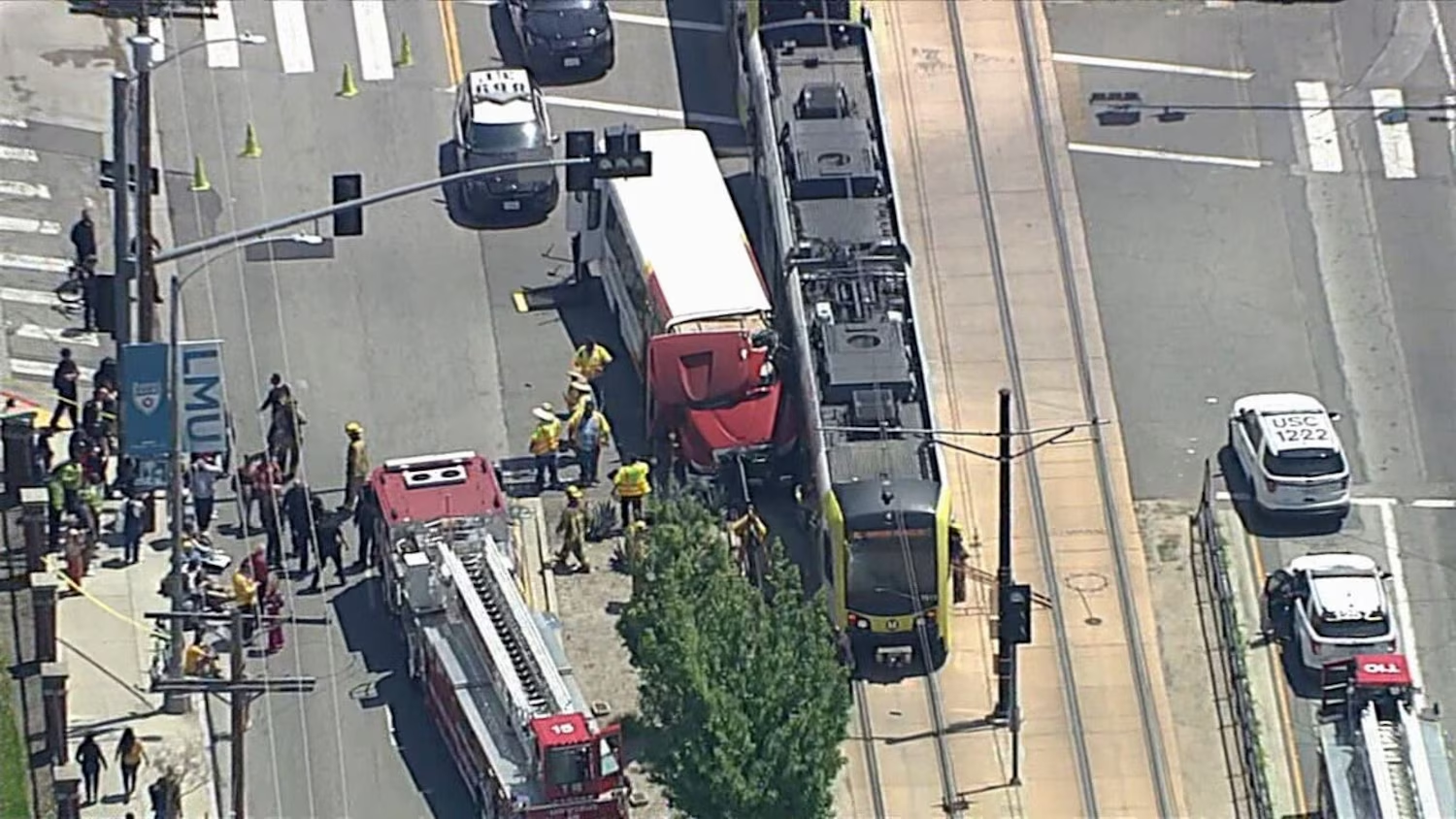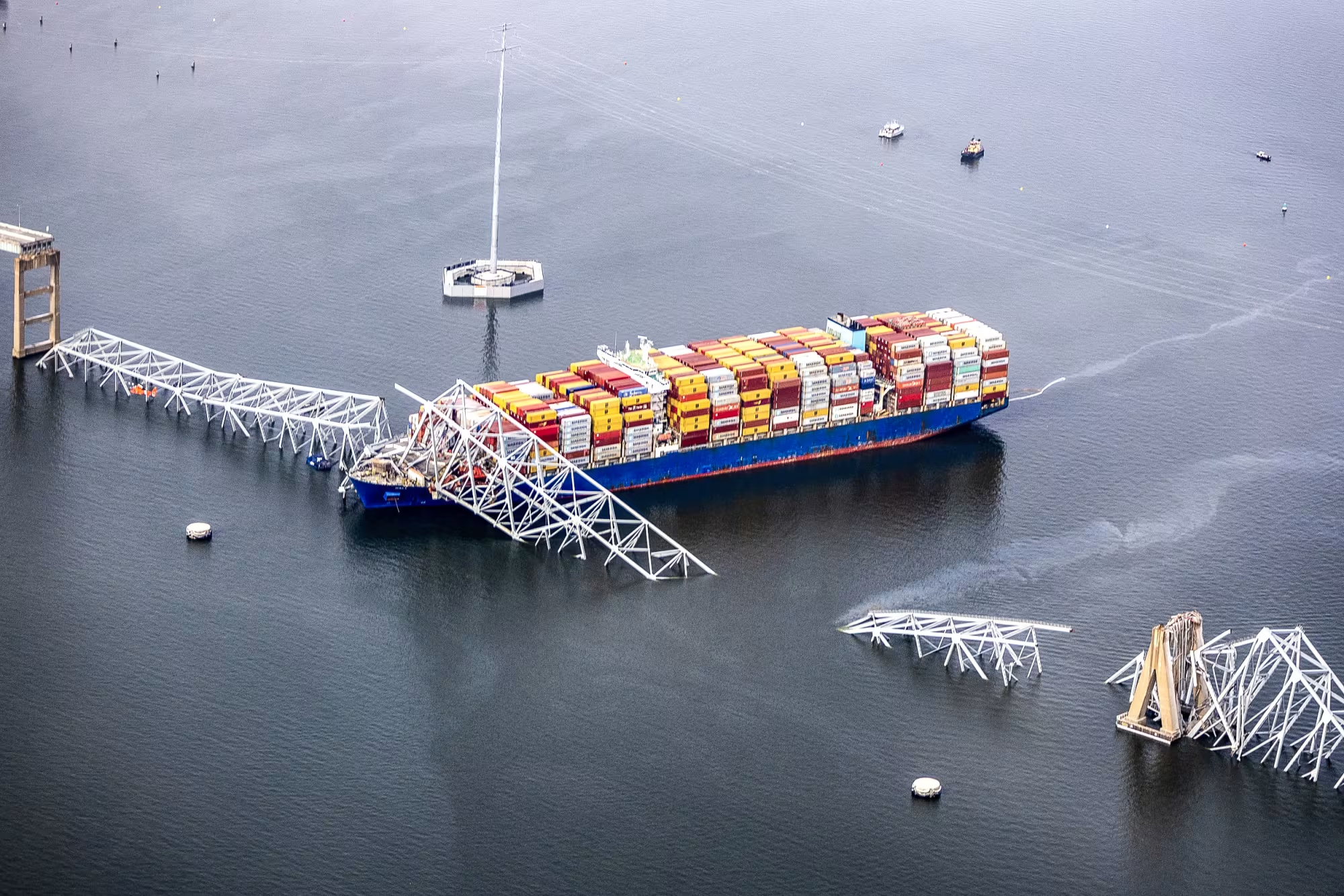Safety in Transportation: Exploring Safety Management Systems in Transportation
Transportation and Safety Management
Transportation is a vast industry that involves moving people and goods throughout the world. It encompasses air, land, and sea movement. Many times, we see news stories that encompass transportation, and usually they are telling us about negative occurrences. Many of these contain safety failures. Let’s look at some safety positives and see how they can be used in all transportation industries.
Lessons from Aviation
Aviation has had and will have its portion of the news that deals with safety escapes. American Airlines, Hawaiian Airlines, Southwest and others have made the headlines recently. Even Boeing, a manufacturer of aircraft used by most airlines has had safety escapes recently. When we look closer at these escapes, there is one underlying item that can help prevent these escapes. Aviation has done a lot of work developing a process called Safety Management Systems (SMS), which are means to ensure that safety is taken seriously in all operations. The Federal Aviation Administration, part of the Department of Transportation has required part 121 Airlines to develop and maintain an SMS for their operations. With the recent events (incidents and accidents) the requirement for SMS is expanding to include Charter Airlines, Commuter Airlines, Air Tour operators, Part 135 operators and certain manufacturers. These organizations will be required to establish an SMS and maintain it to the proper standard.
To learn more about the SMS standard, visit the FAA’s SMS page.
Other Groups That May Benefit from Implementing Safety Management Systems (SMS)
There are many other organizations that could benefit from a system such as the Safety Management Systems found in Aviation SMS. The other transportation organizations such as land transportation, including rail and roadway, as well as sea transportation including passenger cruise lines, and freight ship organizations.
Case Studies
Case Study 1: The Francis Scott Key Bridge Incident
In recent news we saw the Francis Scott Key bridge in Baltimore come crashing into the Patapsco River after a cargo ship struck one of the support piers, causing the bridge to fail.

Could the collapse have been prevented? To understand this, we need to look at the accident sequence, and analyze why things occurred leading to the collision between the ship and the bridge pier. We need to look at the details of the event, and where failures occurred that allowed the collision. The trip originated at the Seagirt Marine Terminal and was piloted by two ‘Harbor Pilots’ aboard the ship. Approximately 30 minutes later the ship hit the pier. The ship apparently had an electrical failure, which prevented the pilots from steering. The ship was being pushed through the water by the wind and current at about 8 Knots. Without the ability to steer, the wind pushed the ship into the pier. Smoke from the boat prior to the collision seems to indicate the ship was trying to reverse its engines to move back from the bridge, a maneuver that ultimately failed. Moments prior to the collision the ship’s crew issued a Mayday call to the Coast Guard which allowed other ships in the area to stop.
The ship was the DALI and was owned and operated by Singapore’s Synergy Marine Group. The ship underwent routine engine maintenance in the port at Baltimore. There were also reports that the DALI had experienced power outages while in the Baltimore port. This was reportedly caused by refrigerated containers causing circuit breakers to trip. This apparently went on for two days prior to leaving Baltimore. Some other striking events were the loss of the voyage data recorder for a period of two minutes.
Had a properly administrated SMS been in place, would the ship have left port prior to ensuring everything was working properly for the voyage? That is a question that will likely never be answered. Could it have helped? Absolutely.

Case Study 2: Train and Bus CollisionWe have seen incidents and accidents in the news recently pertaining to trains. One of the latest occurred on April 30th. An E Line train in Los Angeles, California hit a USC bus and injured 50 people. What went wrong? While we don’t know the exact cause of this accident yet, can we offer a preventative solution? With a robust SMS in place, the bus and the operator would be tasked to ensure they were safe to operate on this trip. If the A-line trains had an SMS they too would require the train and operator was safe to operate.
Case Study 3: CSX Train Collision
Photo – National Transportation Safety Board
Benefits of SMS
What are the benefits of SMS? An SMS is an overarching systematic way of looking at various elements of a job and analyses the information about the job. The most crucial benefit of an SMS is development of a culture of safety, which allows organizations to put safety first in all operations.
- In Case Study 1, it would look at the sea worthiness of the ship, the sea worthiness of the crew, the load of the ship, and all documentation prior to authorizing the ship to depart. Had the ship been experiencing electrical problems those would have been required to be repaired prior to sailing. Any other maintenance problems would need to be analyzed prior to departure and decisions made whether to continue prior to repair. Crucial items would require repair while luxury items may not have been utilized, allowing the ship to depart. There may have been additional requirements placed on the ship to depart the port, such as using non required tugboats as an added safety measure. These items are being looked at now as hindsight, but the purpose of the SMS is to look at them from a future perspective. The crew would be required to be well rested and ready for duty prior to departure. Other things that may be analyzed would be weather, including wind speed and direction, as well as other phenomena that may impact the ships’ operations.
- In Case Study 2, an SMS would ensure the driver of the bus was rested and well trained to conduct the transport for the day. It would also ensure the bus was in operational condition prior to use, which would eliminate things such as brake failure when the brakes were required.
- In Case Study 3, an SMS would have developed and engaged a lock out tag out program which would not have allowed the switch to be changed when the track was not clear for operations. It would also train the maintenance personnel to use the appropriate systems when completing maintenance. It would also have alerted the conductor of the train about the maintenance on the tracks and raised his awareness to possible problems. Other items such as limiting the speed of the train in an area that has ongoing or has had maintenance completed, allowing better reaction time to action and prevent collisions of this type.
Culture of Safety
A major aspect of a properly developed and managed SMS is the proliferation of a ‘Culture of Safety’ within the organization. The culture of safety empowers everyone in the organization to make safety a priority. It enables them to question things that don’t appear to be safe without fear. Their concern for the organization and anyone impacted by the organization is embraced. If there was a properly developed SMS in place for the DALI would the personnel on the ship feel they could wait for the repair of the ship prior to setting sail? Would that have prevented the accident? These questions are unknowns; however, they are possibilities as well.
Building an SMS
Building and implementing an SMS may seem like a daunting task. Learning from the aviation industry can help make that task easier. There is an abundance of places to seek information to model SMS for other industries. Aviation has helped other industries with the development of SMS previously. Medicine has used aviation SMS models to help develop a program to enhance safety in surgeries as well as other areas. I think it is easy to see the benefits gleamed from these efforts as well. If you are interested in seeing if an SMS will help your organization excel in safety, reach out to sources that can help you get the information you need. Those who have an SMS are usually glad to share information.
Here at TCASS, we have experience with Safety Management Systems and will be glad to help you develop an SMS for your organization. Contact us today to set up a conference to see what your needs are.
Contact Us for More Information
Visit www.tcas2.com/blog to read more blog posts pertaining to safety, and Safety Management Systems.


